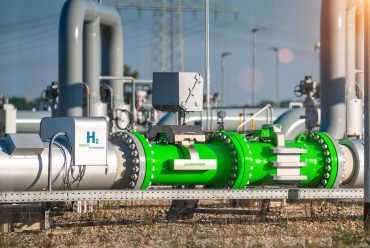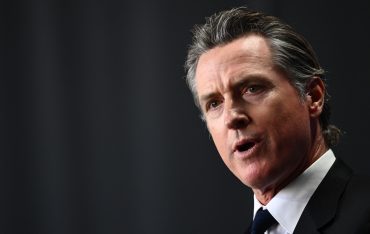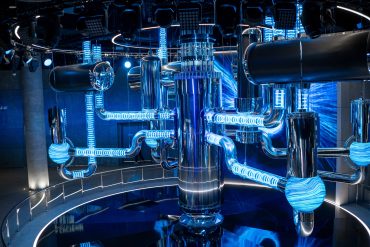
- Energy
- Green Tech
Tasmania's $2 Billion Green Hydrogen Hub Struggles to Secure Investors
4 minute read

Tasmania’s Renewable Energy Ambitions Hit Roadblock as $1.67 Billion Investment Gap Persists in Bell Bay Hub
Key Facts
- Tasmania’s Green Hydrogen Hub seeks $2 billion in investment, with only $330 million secured in government grants
- Bell Bay Powerfuels green methanol plant is currently the only advancing project in the initiative
- Global green hydrogen industry requires $6.5 trillion to achieve 200 million tonnes annual production by 2050
Introduction
Tasmania’s ambitious Green Hydrogen Hub faces critical investment challenges as project director Ron Green calls for increased international support for the state’s $2 billion green fuel initiative. Speaking at the 7th Annual Tasmanian Energy Development Conference, Green highlighted the urgent need for major industrial players to bridge the significant funding gap.
Key Developments
Despite receiving $330 million in federal and state government grants, the initiative has seen limited progress from major companies. The Bell Bay Powerfuels green methanol plant, under development by Abel Energy with potential acquisition by Zen Energy, stands as the sole advancing project after being named the “provisional proponent” by the state government.
Previously anticipated project proposals from industry leaders Fortescue, Woodside, and Origin have not materialized as expected, creating concerns about the initiative’s momentum.
Market Impact
The current market presents significant challenges, with Green acknowledging that demand at desired price points remains insufficient. The global decline in green hydrogen investments has forced Tasmania to adopt a resilient approach, drawing parallels to Steven Bradbury’s unexpected Olympic success.
The initiative’s primary challenge stems not from renewable energy capacity but from limited demand for low-carbon hydrogen, necessitating substantial incentives to achieve commercial viability.
Strategic Insights
The global green hydrogen industry is shifting focus toward industrial applications, moving away from domestic and automotive sectors. This strategic realignment responds to regulatory interventions and carbon pricing mechanisms designed to reduce hydrogen production costs.
The concept of using green hydrogen as strategic energy reserves, similar to oil reserves, gains traction with proposals for underground storage in salt caverns to enhance grid reliability.
Expert Opinions and Data
“We’re proposing to build a hydrogen hub for $2 billion, and quite frankly, the demand at the prices that we want is not there,” states Ron Green, highlighting the market reality. The absence of major industrial firms like Posco and Jera from discussions raises concerns about industry engagement.
Industry analysts point to the need for $6.5 trillion in global investment to meet 2050 production targets, emphasizing the critical role of public-private partnerships and policy incentives in driving market growth.
Conclusion
Tasmania’s Green Hydrogen Hub represents a bold vision for sustainable energy production, yet faces substantial challenges in securing necessary investment. The success of the initiative hinges on attracting major international investors and industrial partners while developing viable market demand for low-carbon hydrogen products.








